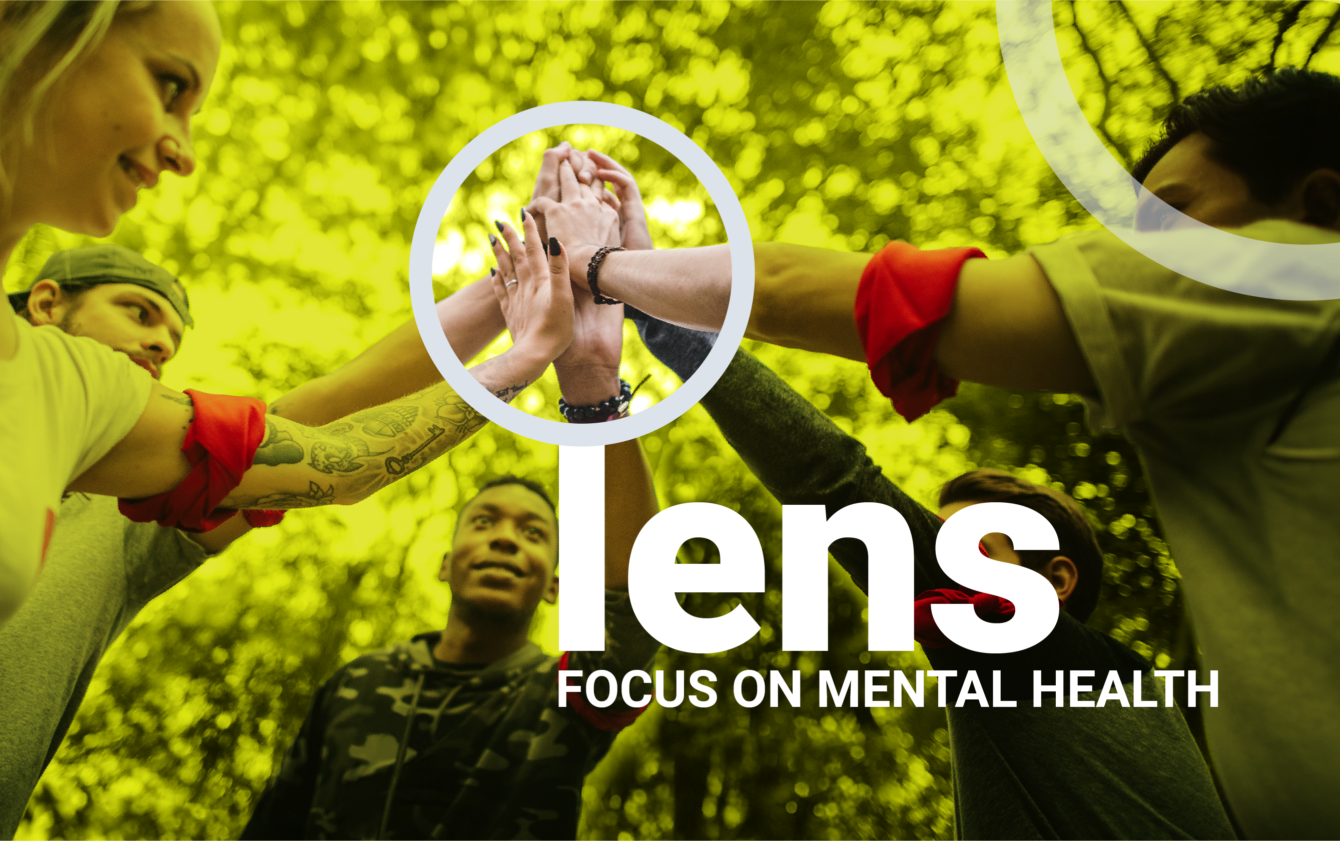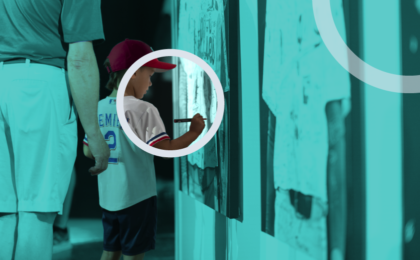Managing Stress when the Stakes are High
Lens is an initiative dedicated to the study of external factors and influences at play in the world of live events, created and moderated by the Strategy team at BaAM.

When the going gets tough, the tough get going. But how do the “tough” keep their head in the game?
Ask any event professional. The adrenaline rush of a blockbuster event coming into fruition is the reason many are in this biz. But it can be A LOT. A lot of time, patience, travel, quick thinking, teamwork…
So how can event pros look after themselves and each other to stay at the top of their game, especially when their work comes with high visibility, high stakes, high sensitivity, and – at times – high stress?
Cue Nova Nicole, BaAM's Director, People and Culture. With over 15 years of experience as a transformative coach and group facilitator, Nova has supported teams from a variety of industries, covering topics such as energy management, conflict resolution, feedback, resilience, and stress management.
Read on for some thoughtful tips for managing stress in a fast-paced, demanding (and highly rewarding) profession.
What are some common misconceptions about stress management, and how can they be addressed?
As a coach, I notice that many people will try to schedule their stress away or wait until “things calm down” to address it. But compartmentalizing, self-medicating and avoiding intense emotions wears on us internally. Ulcers, TMJ, migraines, panic attacks, sleep apnea, and even stroke and heart attacks are all tied to chronic stress. Not to mention, our baseline stress level will get stuck at a higher threshold after a crisis. To manage this, we can prioritize learning, practicing, and maintaining healthy coping strategies. Remember… “You can’t control the wind, but you can learn to adjust your sails.”
What are some proactive measures to prevent stress and burnout from escalating?
- Own your calendar. Leave blocks of time on the calendar between meetings. And book meetings for others in a way that respects their time, too.
- Take time to plan a meeting in advance. And consider the time that you actually need to meet the objectives for that meeting. There’s no need to set 30 minutes as a standard if you can expedite things in 15.
- Schedule your time outside of meetings, too. Define consistent blocks for focus time, big-picture planning, and time to prep or debrief from meetings. When you’re proactively managing your calendar, you are maintaining your capacity.
- As a leader, model the prioritization of well-being. Take the advice you give and take time off. It shows trust in your team. (In fact, data shared by Forbes shows that our manager can influence our well-being more than our spouse!)
Prioritizing a standard of well-being is a key component of top performers on and off the field.
What mindfulness or relaxation exercises do you recommend for individuals in high-pressure work environments?
For high-frequency travelers, plan for decompression ahead of performance.
- Whenever possible, give yourself time to fully arrive, eat, sleep, and get familiar with a venue before showing up to work. This decreases anticipatory anxiety, insomnia, jet lag and brain fog.
- Focus on restorative rest. Consider a sleep mask, guided meditations, or melatonin.
If you sit or stand at your desk, keep an eye on your physical health.
- Make sure your equipment – desk, chair, keyboard… – are ergonomic.
- A deep tissue massage gun is great for tense neck and shoulders.
- Acupuncture, cupping, and myofascial massage can help with any circulation issues.
Intentional silence and solitude within your workday can assist with constant context switching.
- Give yourself this break – no matter where you are. Even in a parking lot, you can find a sunny, quiet spot for a few minutes.
How do you balance the need for achievement and excellence with the need for maintaining well-being and mental health?
You can’t have one without the other. At what cost are you prepared to achieve your goals? Because it can’t come at the cost of YOU. Prioritizing a standard of well-being is a key component of top performers on and off the field.
Imagine this as creating work/life harmony, as opposed to a 50/50 balance. Reframing priorities this way leaves room for the reality of variability instead of a 50/50 fairytale. Sometimes, work and life are 70/30, 80/20 or vice versa. All the more reason to cultivate the tools and conditions to give your full attention to what is needed most of you at the time.
Hard workers know that being ‘off’ is hard too! You may have to reverse engineer how you view rest. The downtime isn’t instead of working hard, it’s in order to work hard. Athletes know their recovery time is necessary for their training regimen. The same goes for the mental and physical energy that event pros put into their work!
--
Nova Nicole (she/her) is Director, People & Culture at BaAM. For more than 15 years, she’s been championing personal and professional development through mindfulness and workplace wellness. You may have seen her on CTV's "The Social" [internationally syndicated daytime talk show], as a Professional Speaker with The National Speakers Bureau, a Mindfulness Facilitator with Mindfulness without Borders, or as a Circle Council Facilitator with Ways of Council.
With our Lens series, we are tapping the brightest minds and broadening the dialogue to better understand factors at play when engaging large audiences.



